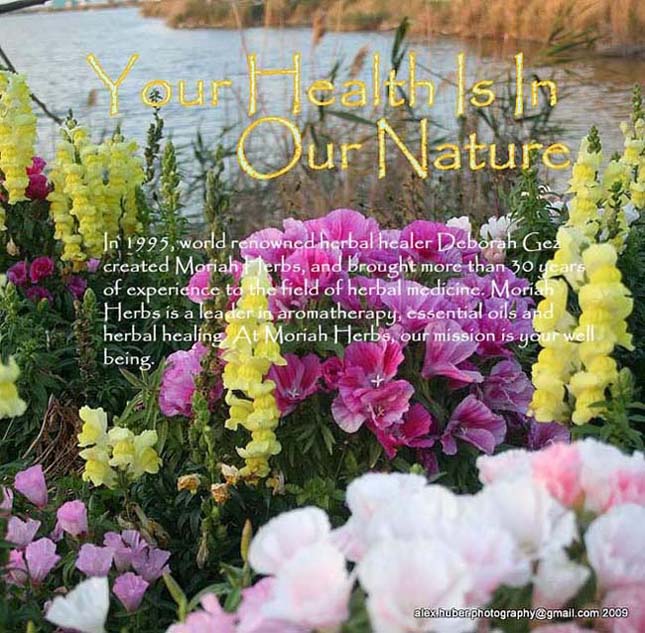
During the domination of the Roman Empire, the use of herbs and plants in healing continued. It was during this time that a book called De Materia Medica was written by Discoredes. It details the healing properties of around 500 plants and is thought by many to be the first book written on natural healing with plants. It was at the same time that the author of the book, Discoredes, began experimenting with distillation, though his goal was fragrance water, not essential oils as we know them today.
It was during the 11th Century that distillation took a major leap forward with the invention of the coil cooling pipe by a Persian named Avicenna. Prior to this, plant essence and steam was cooled in a straight pipe which was not nearly as effective as the coiled pipe. As a result, more emphasis was placed on the healing benefits of essential oils.
During the 12th Century a German Abbess (one who runs and abbey) began to grow and distill lavender for it’s use as a medicine. As we’ve discussed in other posts, Lavender is one of the most versatile essential oils, and one no one should be without. It is like a first aid kit in a bottle.
It is during the 13th and 14th Century that the use of herbs gains enormous acclaim. In the 14th Century, Plague gripped Europe and much of the Western world (or what was known of it at the time) and herbal preparations were used extensively to treat those affected. It is widely thought that a great number of perfumers escaped the Black Death due to their near constant contact with the herbs.
Into the 15th Century a larger number of plants and herbs were distilled and toward the end of the century a vast number of books were published on the subject.
It was during the 11th Century that distillation took a major leap forward with the invention of the coil cooling pipe by a Persian named Avicenna. Prior to this, plant essence and steam was cooled in a straight pipe which was not nearly as effective as the coiled pipe. As a result, more emphasis was placed on the healing benefits of essential oils.
During the 12th Century a German Abbess (one who runs and abbey) began to grow and distill lavender for it’s use as a medicine. As we’ve discussed in other posts, Lavender is one of the most versatile essential oils, and one no one should be without. It is like a first aid kit in a bottle.
It is during the 13th and 14th Century that the use of herbs gains enormous acclaim. In the 14th Century, Plague gripped Europe and much of the Western world (or what was known of it at the time) and herbal preparations were used extensively to treat those affected. It is widely thought that a great number of perfumers escaped the Black Death due to their near constant contact with the herbs.
Into the 15th Century a larger number of plants and herbs were distilled and toward the end of the century a vast number of books were published on the subject.
Read on for Part 3
Check out http://www.moriahherbs.com/, it is your source for natural healing. At Moriah Herbs you are part of the vision, our mission is your well being.


No comments:
Post a Comment